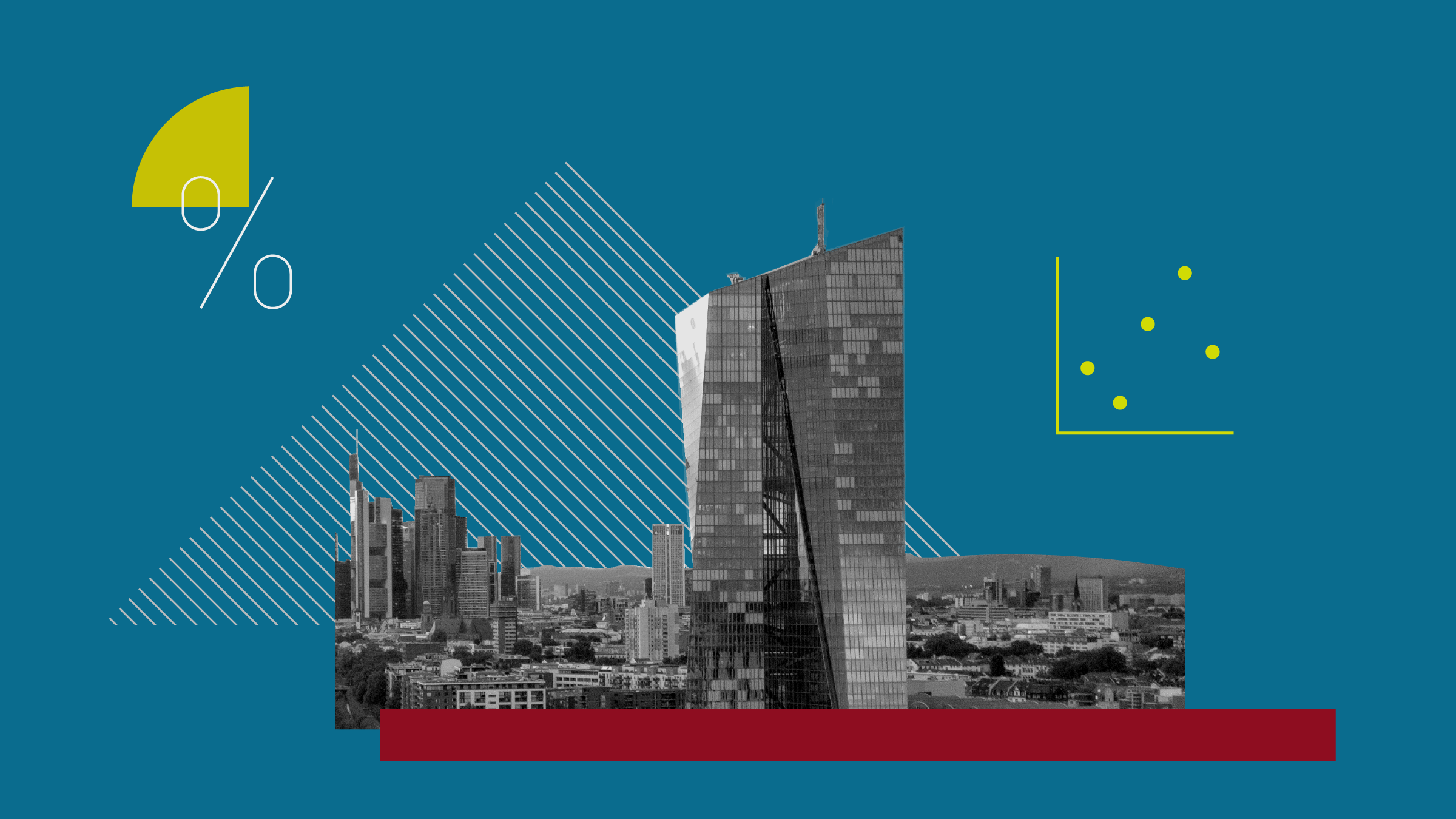
Douglas Kennedy has been investing for decades. Now retired and in his late sixties, however, he wants his portfolio to help him and his wife enjoy a decent standard of living as they get older.
“I am investing for a mix of growth and income. Ideally, we have more money at the end of each year than we started with to cover inflation and any unexpected costs – probably healthcare related – that may crop up,” he explains.
But choosing the investments that are going to deliver isn’t easy. Douglas has devised a whopping 39-point checklist of criteria for stocks, a list he admits may look “slightly unwieldy” to some people. He explains: “It covers various factors to look out for, such as price/earnings ratio, directors’ pay and whether the business has an economic moat.”
This is a term that was popularised by Warren Buffet and refers to a company’s ability to maintain a competitive advantage over rival businesses, and to defend itself from new competitors. It’s a key criteria used by Morningstar analysts in assess stocks, too, with companies assigned either a Wide, Narrow or No moat rating.
My Checklist for Stocks
Douglas first started investing when he started to have some leftover income and realised it should be put to good use. He invests through a pension and Isa, to take advantage of tax allowances, increased the amount he puts aside as the Isa limit has increased over the years.
As well as individual shares, he invests exchange-traded funds (ETFs) and investment trusts but tries to avoid open-ended funds. “I believe they are fundamentally flawed,” he says, pointing to the closure of property funds as an example of some of the challenges faced by these investment vehicles.
He uses ETFs and trusts to diversify his portfolio, particularly in areas where he has little expertise, such as healthcare. “I especially like funds that allow regular investing,” he says. “I’m a firm believe in the benefits of pound-cost averaging – that is, investing on a regular basis to help smooth out stock market volatility.”
Douglas, who lives in Sussex, describes himself as a “buy and hold forever” investor, and some of the holdings he has held longest have proved to be among of his most successful successful. He has been a long-time investor in the likes of Berkshire Hathaway (BRK.B), Bioventix (BVXP), and Scottish Mortgage (SMT) investment trust.
Berkshire Hathaway, Warren Buffett’s investment holding company, is listed on the New York Stock Exchange and has a four-star rating from Morningstar; analysts describe the vehicle as offering “potential downside protection in a downturn”.
Berkshire Hathaway invests in a broad range of “moaty” businesses with stakes in Amazon, Mastercard and Bank of America, among others. This month it acquired nearly all of Dominion Energy’s natural gas transmission and storage operations in a $9.7 billion deal. The economic moats these businesses enjoy are built on cost advantages, efficient scale, and intangible assets.
Meanwhile, UK-listed Bioventrix is a biotech company involved in the development of antibodies and clinical diagnostics. It has delivered strong returns for shareholders, with total annualised returns of 38.92% over the past five years, according to Morningstar data. This compares to a total annualised return of just 3.92% from the FTSE 100 over the same period.
Scottish Mortgage, a global trust focused on large cap companies, has a coveted Gold Morningstar Analyst rating, as well as a five star rating, reflecting its performance against peers in recent years. The trust is run by the Baillie Gifford investment team, headed up by James Anderson, with a focus on identifying high-growth companies and holding them for the very long term to gain the benefit of compounded growth. These companies will often have been new entrants or disruptors into a region or industry.
It is an approach that has delivered long-term returns for investors, with the trust delivering total annualised returns of 24.7% over the past decade, according to Morningstar data.
A Dash to Cash
But not all of Douglas’s investments have delivered such impressive, or consistent returns. “Sadly, there have been a few disasters,” he admits. And this is where his trusty 39-point checklist comes in; he checks it each time a company he holds issues results. “I pay special attention to the scores for fraud, as two of the worst disasters I’ve invested in were the result of fraudulent accounting,” he says.
But even armed with his extensive criteria, Douglas says the current situation has made it extremely difficult to gauge companies’ true values. He has, as a result, moved nearly all of his money into cash as he feels nervous about investing at a time when companies can offer little or no forward guidance. “Even confirmed sales numbers seem a bit dubious,” he says. “Nothing currently passes or even works with my checklist.”
But Douglas hopes the uncertainty won’t last too long as he doesn’t want to keep his money in cash for longer than necessary. In the meantime, he hopes investments in Premium Bonds and the property market will tide him over. He and his wife are currently in the process of building a new home and, once complete, will sell their current property to pay for the project. He says: “This does mean we currently have a disproportionate amount of our money tied up in property, but this should rectify itself before long.”





























